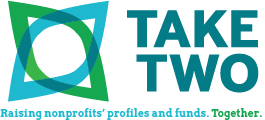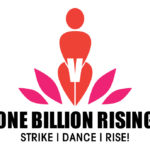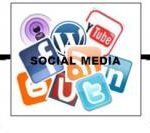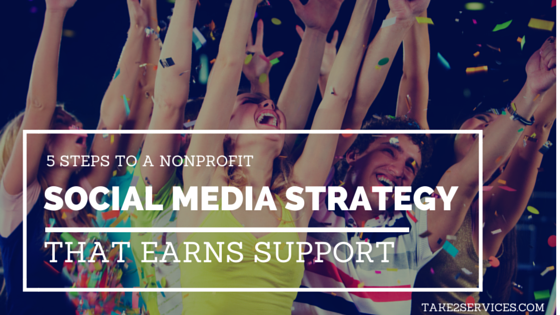
Media And Social Media
Recently someone asked me if I had ever worked with journalists on social media. As more of us are spending more of our lives on Facebook, Twitter, Tumblr, and Instagram, it starts to feel natural that we’d use these platforms to interact with everyone, even those who aren’t strictly friends, or even acquaintances. If you can send a tweet to Kanye, why not Frank Rich?
While social media platforms can provide great access to members of the media, there are also pitfalls to avoid. Here are five tips that can help you navigate successfully.
- First of all, yes, you can make a pitch via Twitter. I’ve done it myself – a British journalist wrote a story that related to a project I was working on, and I wanted to get in touch but didn’t have her email or phone. Her Twitter handle was in her byline, though, so I went ahead and sent her a tweet introducing myself and letting her know I had something she might be interested in. Not easy to sell a story in only 140 characters, but it worked, and she direct messaged me her email address. We talked about the project and she ended up doing a write up. The trick is to be timely, polite, and relevant, as you would with any pitch. Which leads me to…
- Look before you leap. You would read a journalist’s work before pitching them, so take at least a few days to read over his tweets or posts before getting in touch. You’ll get a sense of what he’s been writing about (journalists like to tweet their own stories) and hopefully an idea of what else he’s into. You might find that the calendar editor is a real foodie, or that the producer you’ve been after for a story lives in your neighborhood. Social media is a great place to pick up tips that can help you in your pitches.
- We talked recently about disaster planning on this blog. If a disaster happens and you’re in the middle of it, or you have any kind of breaking news, don’t be afraid to break it on social media. Journalists are checking out their Tumblr feed all day like anybody else. A regular old press release blast still works, but this does, too.
- Definitely connect on LinkedIn with those journalists you’ve worked with on stories. You’ll keep that line of communication open for the next story that comes along. Unlike other platforms, LinkedIn is meant for professional connections, so you don’t have to worry about someone you worked with on a story one time seeing your latest party pics or hearing about your vacation. On the other hand, if you’ve struck up a good rapport with a writer, why not find them on Facebook? There’s nothing wrong with making a new friend. Just remember you’ve got a member of the media listening if you decide to post a rant about your boss.
- One final point: remember, social media is public, for you as well as the reporters you’re tracking. I once had a reporter track me down on Facebook because she needed an urgent fact check and it was Sunday. Imagine if my profile picture had been something weird or my status had been like, “So hungover from last night, y’all! I totally lost my wallet on the D train!” Embarrassing! And if you’re going to be tweeting reporters, make sure your last tweets aren’t complaints to Subway about how they forgot the pickles on your sandwich or anything relating to Twilight or Justin Bieber (unless you are being funny — sorry, Twilight/Bieber fans). If you’re going to use your account for professional purposes, you should be, well, professional!
Do you have any tips for working with journalists on social media? Have you actually bonded with a writer on Twitter over your shared Twilight love? We’d love to hear what works for you.





